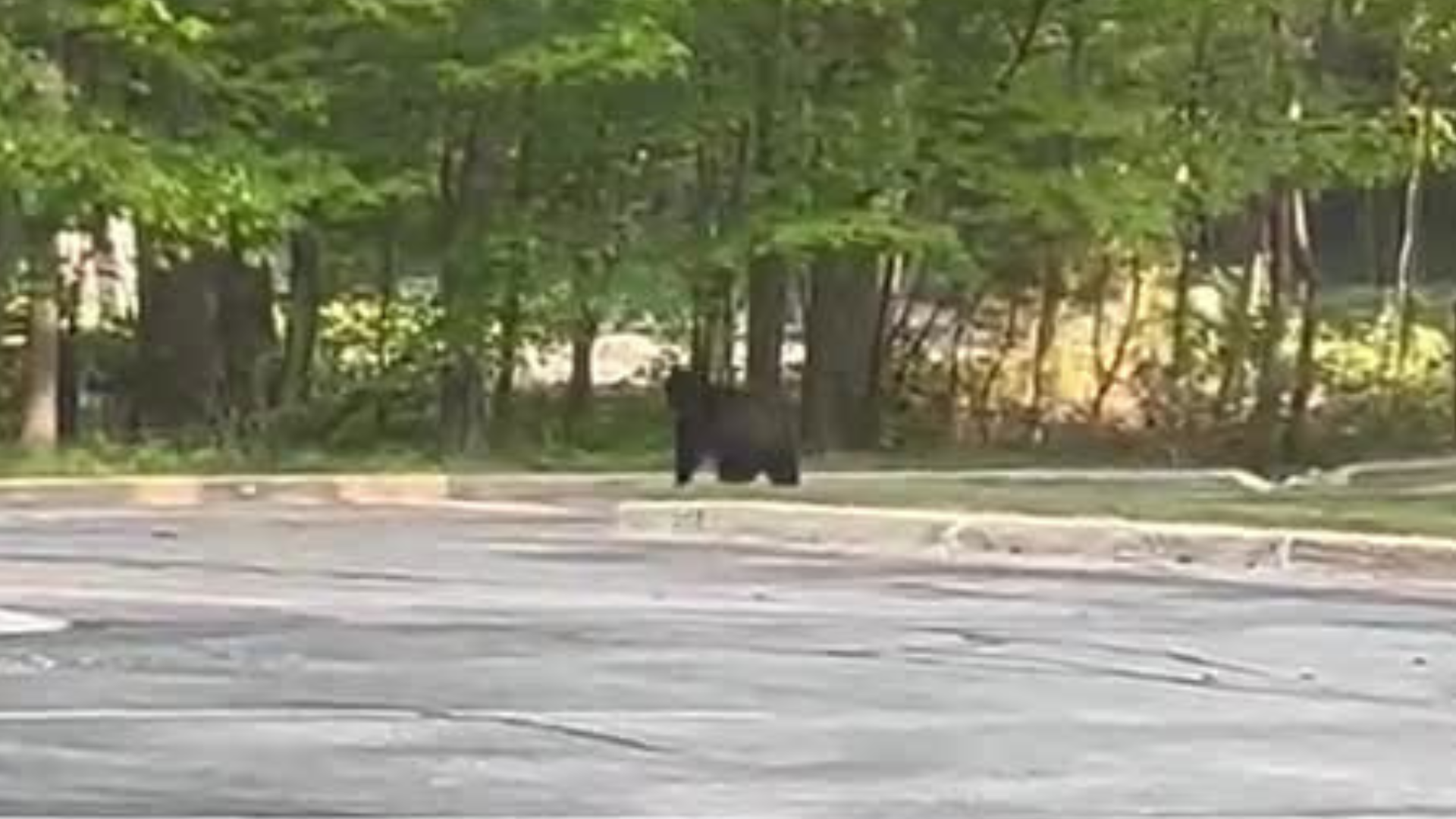


Summer fun in the sun means time in the water, but it comes with a reminder about water safety. The Great Lakes Surf Rescue Project is on a northern Michigan tour, spreading the word about water safety and the signs of drowning.
School’s out for the summer, and a northern Michigan weekend almost guarantees the beaches are crowded. Bobby Pratt is the Great Lakes Surf Rescue Project Director of Education. He says, “We’re doing everything we can to try to keep people safe and educate people about the dangers of the Great Lakes.”
Before you head outdoors, wants your attention indoors for what could be a life-saving lesson on water safety. Nick Preneta is a father who is attending the free class at the library in Northport with his wife and their two kids. “I feel like I’m an adequate swimmer, but it’s always good to have refreshers on water safety. We recently got some watercraft and wanted to feel more comfortable on the water myself, and with the kids,” he says.
The Great Lake Surf Rescue Project has been keeping track of Great Lakes drownings for a dozen years. And they say ours, Lake Michigan, is the most deadly of them all. “Since 2010 there have been almost 1100 fatal drownings on the Great Lakes and about half of those happen on Lake Michigan,” Pratt says.
Julie Preneta says it was important to bring the kids to the safety class. “There is so much beautiful clean water and that’s why people come here. That’s one of the reasons we live to be able to enjoy the water and to be able to be safe in the water is so important.”
Especially in spring and early summer, Mother Nature plays tricks on us: it can be 90 degrees outside, but water temps may be 30 to 40 degrees colder. Pratt says, “We have days where the air temperature is much greater than the water temperature. And that difference plays a big part in it. You can be roasting in an 85-90 degree day and think ‘oh I’m going to cool off in Lake Michigan and jump off a pier or jump off a boat.’ Not realizing that water temps in the 50s or 60s are really cold and can incapacitate you really quickly even if you’re a good swimmer.”
The experts are hoping water safety lessons become as common as fire safety. “If you have children at home all of them know how to ‘stop drop and roll.’ Because they’ve been taught over and over again. We want everybody to learn Flip, Float, and Follow.” That means FLIP over on to your back so you can breathe… FLOAT to conserve energy and calm yourself down… and FOLLOW a path to safety, away from dangerous currents.
Pratt says one of the big rules is “Don’t Panic”. Panicking can make you short of breath, which can make you less buoyant in the water. Taking a deep breath before you flip on to your back can help you float.
You can find and the latest free with these links.
The next classes are Friday June 24 at 6:30 pm at the Civil Air Patrol, 1220 Airport Access Road in Traverse City; and Saturday at 9:00 am at the city beach in Frankfort.



© 2023 - 910 Media Group


